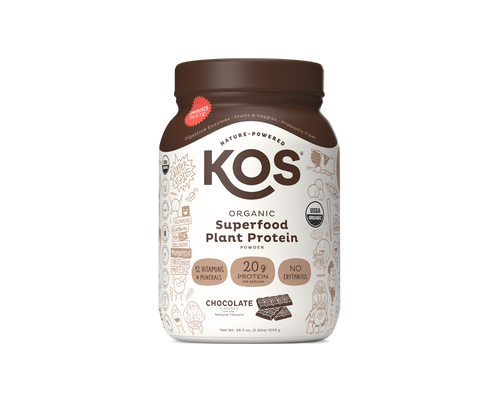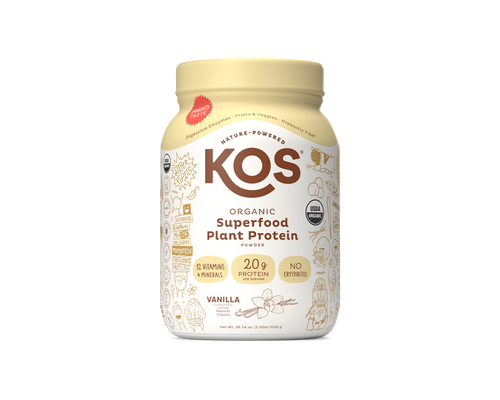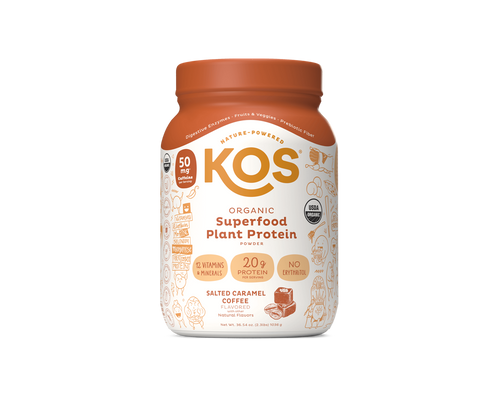Table of Contents
Peanut Butter is beloved by many; so much so that we have set aside a national observance. As January races to the finish line, this homage to PB is sliding in right under the wire. January 24 is, after all, National Peanut Butter Day.

But of course this is the one ringing occasion when we may reliably report on the history of Peanut Butter itself without people yelling “stop with the peanut butter!”
Peanut Butter found its footing on the same Road to Wellness (to reference the delightful T.C. Boyle novel) as Corn flakes, early plant-based meat substitutes, and phototherapy: all inventions of the arguable 19th century genius John Harvey Kellogg.
Kellogg Emerges
John Harvey Kellogg (1852 - 1943) was one of 17 children born to John Preston and Ann Janette Stanley Kellogg. His is one of those curious 19th century success stories wherein pluck, determination, and a devoted sponsor were sufficient to elevate a young man with two years of formal education (from ages 9 - 11) to a medical degree. Later, Mr. Kellogg ascended the Mt. Olympus of the breakfast culture by inventing Kellogg’s Corn Flakes. Perhaps you've heard of them.
Kellogg is name-checked today for his invention and furtherance of breakfast cereal and the empire that grew from that. But Kellogg was a restless thinker and doer across the whole of the then-burgeoning realm of nutrition.

By the time he’d graduated medical school, Kellogg was a heavily mustachioed inventor, health enthusiast, and early proponent of ideas that were later ratified by modern science. Some of them, anyway. Yes, Kellogg was a restless thinker.
He was, for instance, a very early proponent and explainer of gut health and the crucial importance of a robust biome. Kellogg was a very vocal advocate of “intestinal flora” being boosted by a well-balanced vegetarian diet favoring high-fiber foods.

He developed but never formally patented imitation meats made of nuts, grains, and soy, as well as various gadget-assisted therapies of questionable (but genuinely earnest) scientific utility.
In the course of his life he developed so many medical theories based on his observations of nature, that at one point his church (Seventh Day Adventists) began to accuse him of pantheism — nature worship — an accusation he eloquently swept aside.
His claim was that he was emotionally and spiritually invested in “ideas of health and biological living.”
Dawn of Peanut Butter
History can’t say for sure who — if any one person in particular — first came up with the idea of peanut butter, though we do know who won the patent (keep reading). All we can say for sure is that the idea stuck. Pun unfortunately intended.
But the Battle Creek Sanitarium (in the Michigan city of the same name), of which Kellogg was Director, began regularly serving his own nut butter concoction to patients at the facility. Kellogg’s motivation was to create a healthier alternative spread to butter.

He noted in 1895 that he had “some very excellent preparations from nuts” that he thought could do the trick. While he never patented his peanut-based spread per se (credit for that patent goes to Marcellus Gilmore Edson), Kellogg did take out two patents on the process.
Patent # 567901 was for what he called a "food compound”. His description of the nutty stuff we have come to love today is — per the patent office requirement — not particularly musical.
“An alimentary product composed of completely digested starch, completely-emulsified vegetable oil such as described, and thoroughly cooked and finely-divided vegetable proteins derived from nuts, as specified." Quite lyrical, don't you think?
Kellogg's process included blanching the skins off almonds or peanuts, boiling them for hours, crushing the result and then passing the material through rollers to truly pulverize the stuff. Kellogg delectably described the result as "moist, pasty, adhesive, and brown”. Oh, yum.

His second patent in the nut butter realm was # 604493, which replaced boiling with roasting, and involved a final heating in “sealed cans” (which sounds dangerously explosive) to create "a product differing in many ways from the original paste”.
Kellogg described this process as resulting in something more akin to cheese than a spread.
Peanut Butter Gains Traction...on Roof of Mouth
Kellogg always endorsed a plant-based diet, and his invention of peanut butter was in part his seeking after a protein-laden meat substitute. As word of Kellogg generally and his innovations specifically found traction with the American public, he began to attract a certain celebrity clientele.
The likes of Henry Ford, Amelia Earhart, and others rallied round his peanut spread and the public followed suit. In the early 1920’s the future founder of Skippy peanut butter figured out that adding hydrogenated vegetable oil to the peanuts would stop the oil from separating.
So the annoying stirring that typified Kellogg’s peanut butter could be done away with — not to mention stabilizing pb in a way that made it commercially viable to produce at scale, and ship all across the pre-motorized, slowpoke country.

1928 saw the momentous invention of sliced bread, and by WWII soldiers were shipping out with government-issue peanut butter, jelly, and sliced bread in their kits. American soldiers, I should say.
So to any official (or secretive) peanut butter lovers out there - Happy Peanut Butter Lover’s Month. Deck the Halls, or whatever it is you lovely people do with your peanut butter. And pass the milk chocolate.






